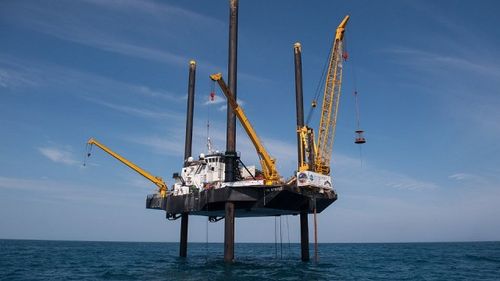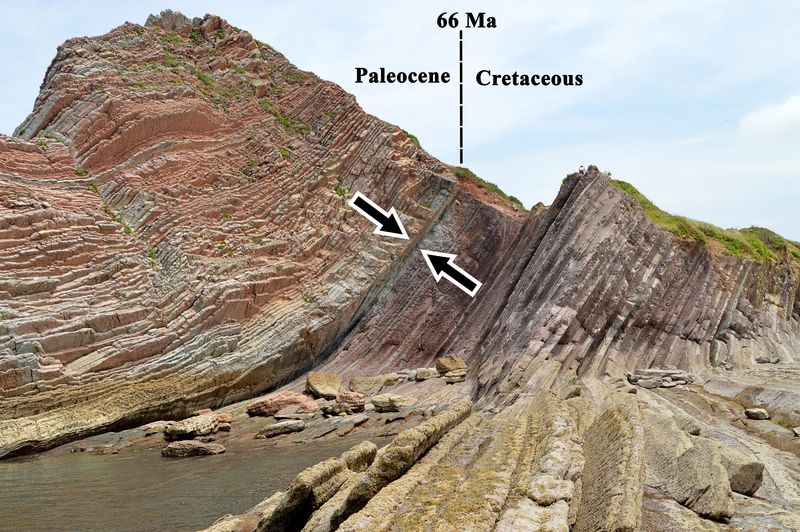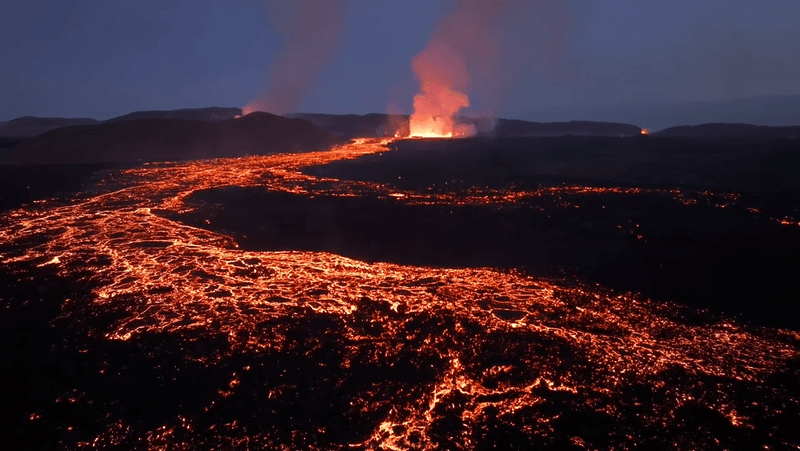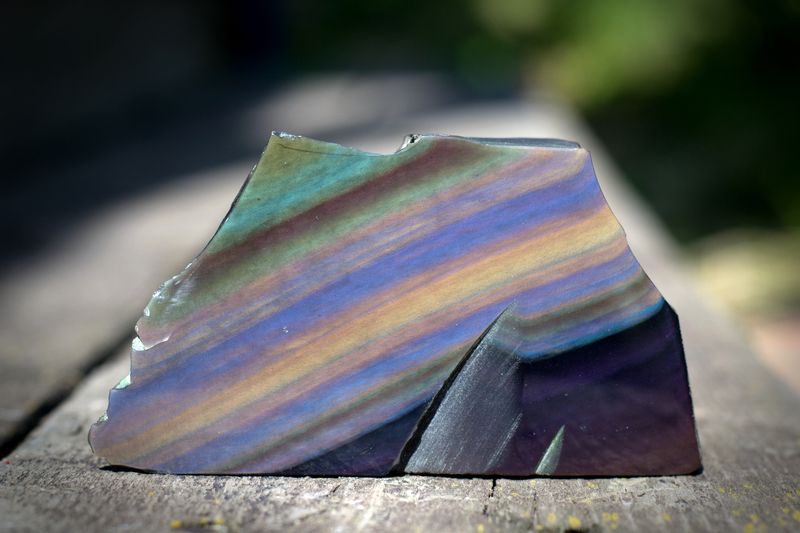A pioneering effort to drill into the impact crater of the asteroid that wiped out the non-avian dinosaurs has reached its end, and has without a doubt been a resounding success. The project's international team of researchers have managed to drill to a depth of 1,335 meters (4,380 feet), bringing up 700 meters (2,297 feet) of peak ring, one of the strange tower-like features that formed upon impact.
“I am very, very happy,” Joanna Morgan, one of the chief scientists on the expedition off the coast of the Yucatán Peninsula, and a professor of geophysics at Imperial College London, told IFLScience. “I’m really relieved it has been a fantastic success.”
Some of the fresh impact breccia, part of the sequence overlying the peak ring
Although they did not reach their final target of 1,500 meters (4,921 feet), the team managed to drill far deeper than they had dared hope, and they are now in possession of a completely unique cache of geological treasures.
The one-of-a-kind US/UK-led venture, sponsored by the International Ocean Discovery Program (IODP), will have exclusive access to the fresh core samples for a year, before they are opened up to the rest of the research community. The samples will first undergo CT scanning, a type of X-ray imaging, that will allow the team to peer at their inner structure.
The Yucatán Peninsula as seen from the International Space Station. Tim Peake/ESA/NASA
Drilling into the heart of the 66-million-year-old Chicxulub crater has been the lifelong ambition of several of the researchers working on this project. Remarkably, they recovered almost 100 percent of the drilled core, meaning that they can now begin to answer key scientific questions relating to the force of the impact, as well as gauging the ability of life to rebound after the apocalyptic explosion darkened the sky, froze the world, and wiped out anywhere between 50 and 75 percent of life on Earth.
The peak ring samples, being looked over by Professor Morgan, ready to be sent off for analysis
Scientists have previously excavated remnants of the crater on land; at 180 kilometers (110 miles) in diameter and 20 kilometers (12 miles) in depth, it is sizeable enough to span both sea and land, but the most valuable geological segments lie deep underwater, and this expedition’s success in recovering them is nothing short of scientifically groundbreaking.
When the impact occurred, it imparted over 900 “Little Boy” atomic bombs’ worth of energy onto the crust. This was more than enough to transform the rock into a mobile, mushy fluid, and the core of the crater was forced erratically up into the sky. On occasion, this collapses down a little into one single central mound, but in this case, several central peaks known as “peak rings” were generated, and the team has successfully been drilling right through one of these.
The peak ring samples are undergoing some initial probing already
Unlike other craters on Earth, the peak ring is remarkably intact, and the core samples that they have will open a proverbial Pandora’s box of scientific discovery. The samples’ intricate mineralogical details will let researchers know how much the asteroid impact liquefied and scorched the crust, as well as how much material was ultimately excavated.
The presence of any ancient fluid cracks will reveal what kind of hydrothermal system sprung up beneath the impact crater after it was formed. As scientists are becoming increasingly aware, where there is heat and water, there is life. If the paroxysmal impact helped kick start a superheated network of moving water within the crust, it may have helped foster extreme microbial life surprisingly soon after the event.
Ground zero, Chicxulub Puerto, as it looks today
“We would like to see if the hydrothermal system made the peak ring sterile or whether it became a habitat for life,” Morgan added. “Perhaps something quite exotic [began to thrive down there].”
All images used with permission from Max Alexander/B612/Asteroid Day unless otherwise stated.









